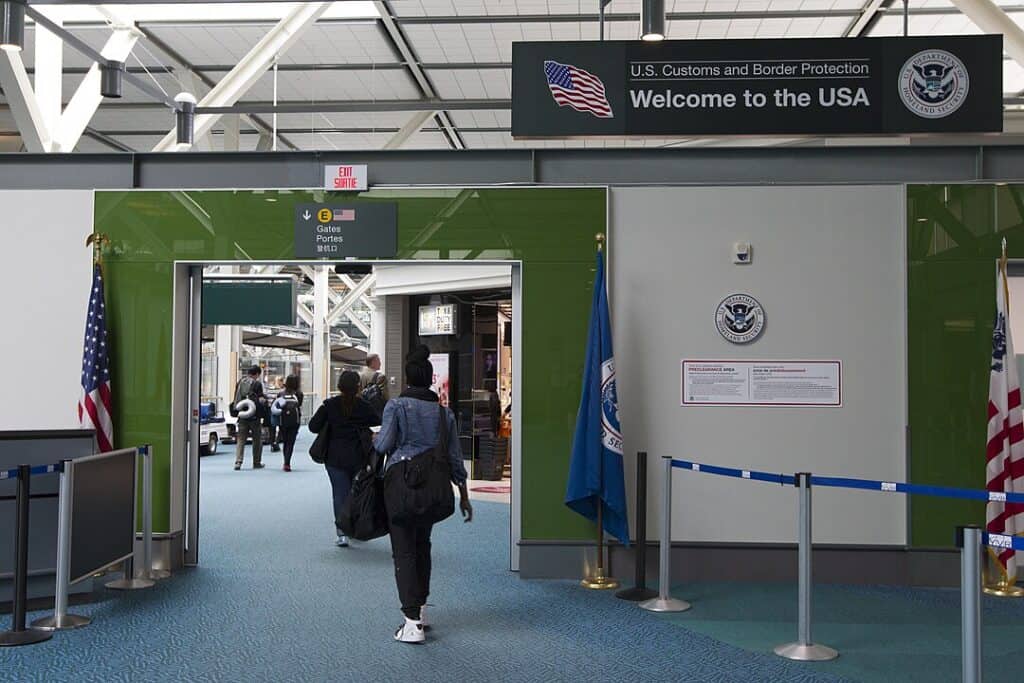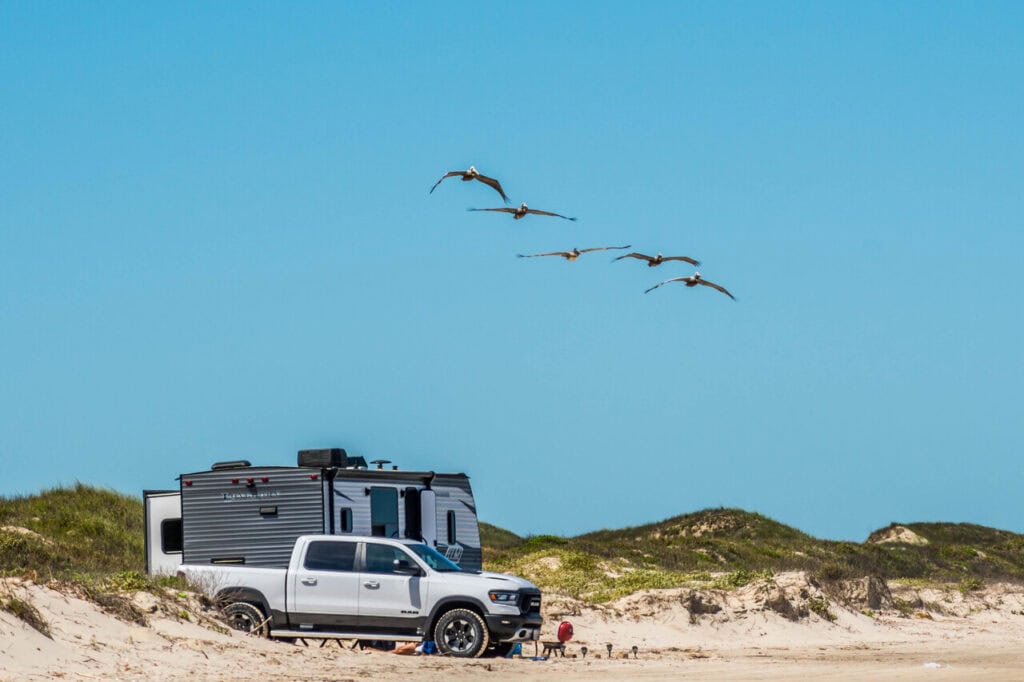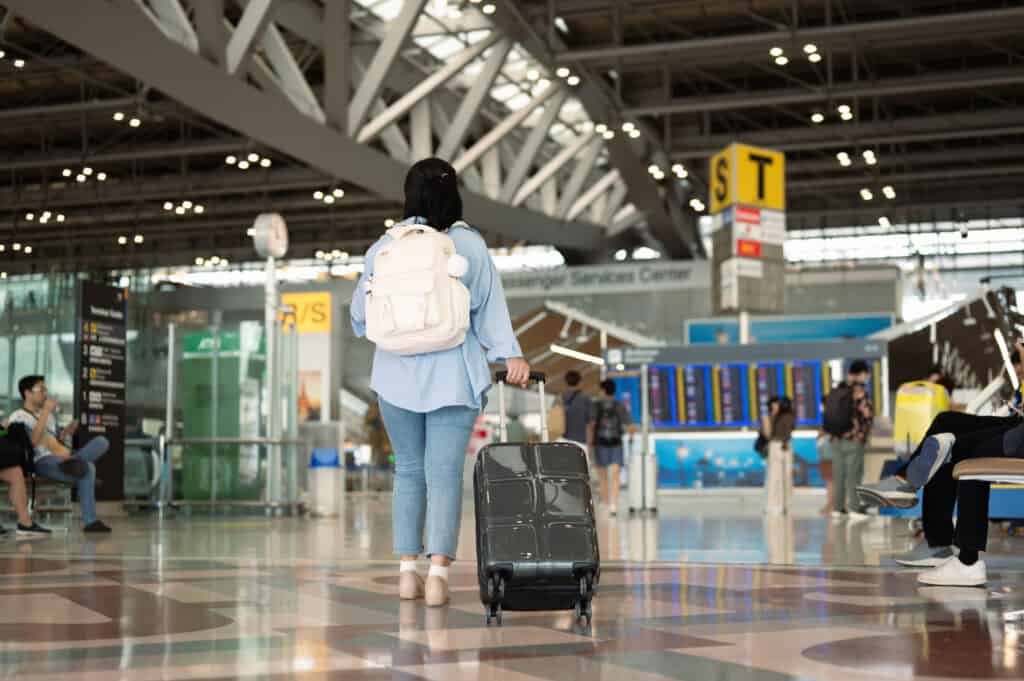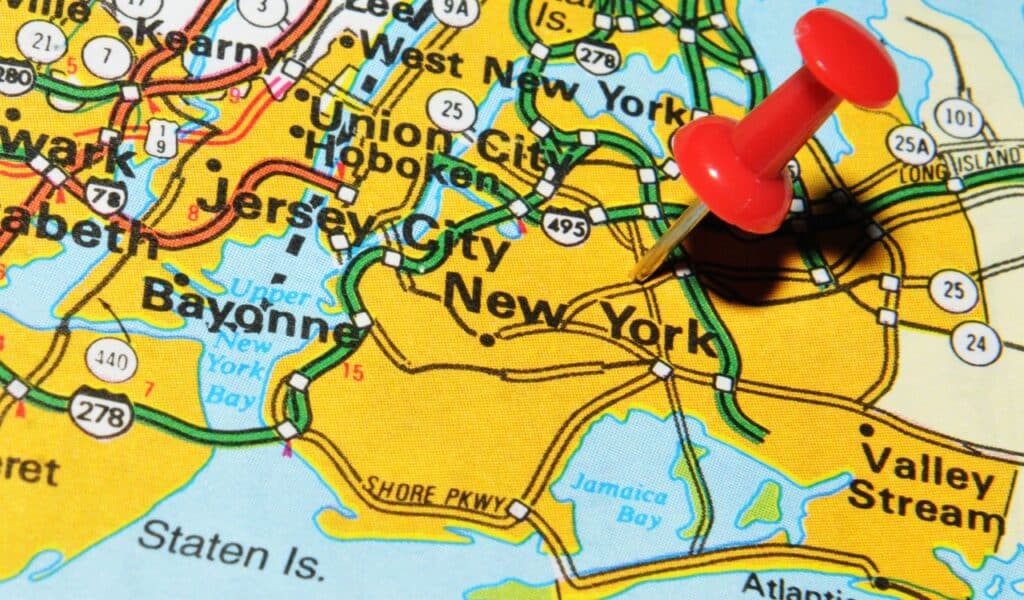We may earn money or products from the companies mentioned in this post. This means if you click on the link and purchase the item, I will receive a small commission at no extra cost to you ... you're just helping re-supply our family's travel fund.

For decades, Canadians have been America’s most reliable neighbors when it comes to tourism, crossing the border by the millions for everything from Florida snowbird stays to weekend shopping trips. But in 2025, something unprecedented happened. A perfect storm of political tensions, economic pressures, and grassroots boycott movements has caused Canadian travel to the U.S. to collapse at rates not seen in modern history. Here’s how Canada’s tourism slowdown impacts U.S. travel options.
Ten-Month Decline Reaches Critical Point

The numbers tell a sobering story for American tourism. Canadian travel to the U.S. has plummeted for 10 consecutive months through October 2025, with air travel down 24% and car travel crashing by 30% compared to last year. That’s like losing the entire population of Los Angeles from U.S. tourism in just 10 months. Statistics Canada data reveals double-digit year-over-year declines each month since April, marking the longest continuous decline in modern cross-border travel history.
A $5.7 Billion Hole in the Economy

When 4.5 million visitors disappear, the economic damage is staggering. The U.S. faces a devastating $5.7 billion loss in international tourism spending for 2025, with the travel trade deficit projected to hit nearly $70 billion by year’s end. Canadian visitors have historically spent an average of $1,083 per trip as of 2022, and Canada’s absence accounts for nearly the entire drop in international visitors this year.
Political Tensions Fuel the Exodus

President Trump’s tariff threats and controversial rhetoric about making Canada the “51st state” fundamentally altered travel behavior. When former Prime Minister Justin Trudeau urged Canadians to boycott U.S. travel in February 2025, it catalyzed a grassroots movement driven by “harsh rhetoric” that fostered “negative global travel sentiment.” Tourism insiders report Canadian travel agents are actively steering clients away from American destinations for the first time in history, with 70% of Canadians feeling uncomfortable traveling to the U.S. this winter.
Montana’s Border Towns Face Catastrophe

In Kalispell, Montana, gift shops that have operated for three generations are closing their doors permanently. Canadian license plates, once a common sight every summer, have virtually disappeared from Main Street parking lots. The numbers confirm the devastation. Montana recorded a 26% drop in total border crossings in August 2025, falling from 286,659 to just 210,927 entries. Roosville saw a 29% decline, while Kalispell’s Canadian credit card spending crashed by an astonishing 37% monthly in early 2025.
Snowbirds Abandon Traditional Havens

Arizona RV parks that typically book out a year in advance are now offering unprecedented mid-season discounts. Florida condo rentals traditionally locked in by Canadian snowbirds are sitting empty, forcing property owners to slash prices by 20 to 30%. New Hampshire is running 30% below normal Canadian visitor levels, while Maine’s summer season saw a 6% decline in a market that has served as an economic lifeline for generations of small-town businesses. Seven states are bleeding tourist revenue as the most reliable visitor demographic stays home.
Airlines Quietly Cancel Routes

Airlines have quietly begun canceling direct routes from Canadian cities to secondary U.S. destinations, fundamentally reshaping available travel options. September 2025 witnessed the steepest declines yet, with land travel by car plummeting 35% and air travel down 27% year-over-year. Canadian automobile trips to the U.S. dropped 32.6% overall, with overnight stays now accounting for over half of remaining trips. The shrinking network means fewer convenient options for Canadians who do want to travel, creating a self-reinforcing downward spiral.
Small Border Towns Pivot Desperately

Small border town hotels are pivoting desperately, with some converting to senior housing while others court domestic tourists with aggressive marketing campaigns. But replacing decades of reliable Canadian revenue with uncertain American travelers is proving nearly impossible. The tourism sector contributed $2.6 trillion to the U.S. economy in 2024 and supported over 20 million jobs, with every 40 international visits supporting one American job. Winter 2026 could see mass closures as hotels, attractions, and retail businesses struggle with reduced occupancy rates.
Americans Fly to Europe Instead

Here’s the irony: Americans are now flying to Europe in record numbers, filling the void left by abandoned Canada trips. Paris bistros and London hotels are seeing an unexpected American boom, while Niagara Falls stands eerily quiet. The travel pie hasn’t shrunk, it’s just been redistributed across the Atlantic. A New York to Toronto flight produces 439 pounds of CO₂, while a New York to London flight generates 2,195 pounds, nearly five times more. U.S. airlines are expanding European routes, inadvertently quintupling environmental impact per trip.
Four More Years of Frozen Relations

Four more years. That’s how long experts predict this frozen relationship will last. The U.S. Travel Association predicts only 15.7 million Canadian visitors in 2025, down from over 20 million historically, with full recovery not expected until 2029. For tourism-dependent communities, that’s not a statistic, it’s a potential death sentence. Travel to the U.S. will reach just 85% of 2019 levels this year. Even optimistic projections for 2026 depend heavily on major events like the FIFA World Cup and America 250 celebrations.
The Canary in the Coal Mine

The Canadian exodus is just the canary in the coal mine. Mexico, Colombia, Brazil, Chile, and Argentina are all showing significant 2025 declines, with Colombian visits down a staggering 33%. Overseas visits are projected to drop from 35.2 million in 2024 to 34.2 million in 2025, meaning Canada’s missing travelers account for nearly all net losses. For the first time in generations, the world is choosing to travel elsewhere. The question isn’t just when Canadians will return, it’s whether America’s tourism infrastructure can survive long enough to welcome them back.